-
Things to Do
-
Plan
-
About


There are many examples throughout history of people who heroically championed the causes of justice, equality and progress for African Americans here in Dutchess County, from the Abolitionist Movement through the Civil Rights Movement and beyond. February is Black History Month, and it's the perfect time to learn more about those people and their efforts in the Hudson Valley and beyond.
Some of the county's first settlers — the Quakers — were, in fact, vociferously anti-slavery and helped many African Americans escape their captors and flee to freedom through the Underground Railroad.
In 1858, celebrated abolitionist, activist, writer and orator Frederick Douglass delivered an inspirational speech at the Collegiate School in Poughkeepsie (now College Hill Park) and implored the crowd of 4,000 people to demand justice and end slavery in the United States. Douglass had himself escaped bondage in Maryland and went on to become an iconic figure in the antislavery and women’s suffrage movements of the 19th century. Each summer, in commemoration this historic event, the City of Poughkeepsie and the nonprofit organization Celebrating the African Spirit present Frederick Douglass Day on the site of his speech.
Jane Matilda Bolin (1908-2007) is a native of Poughkeepsie who holds the honor of being the first African American female judge in the United States. Judge Bolin’s family has a longtime connection with Dutchess County and were among the earliest African American families in the region. Her grandfather was born in Dover Plains, and her father was the first African American president of the Dutchess County Bar Association.
These courageous figures helped alter America’s social trajectory and planted the seeds of change. Here is a list of some historically significant Dutchess County locations you can visit to learn more about these important people and their fearless endeavors.
Click here for a list of Black History Month events in Dutchess (check back often for updates).
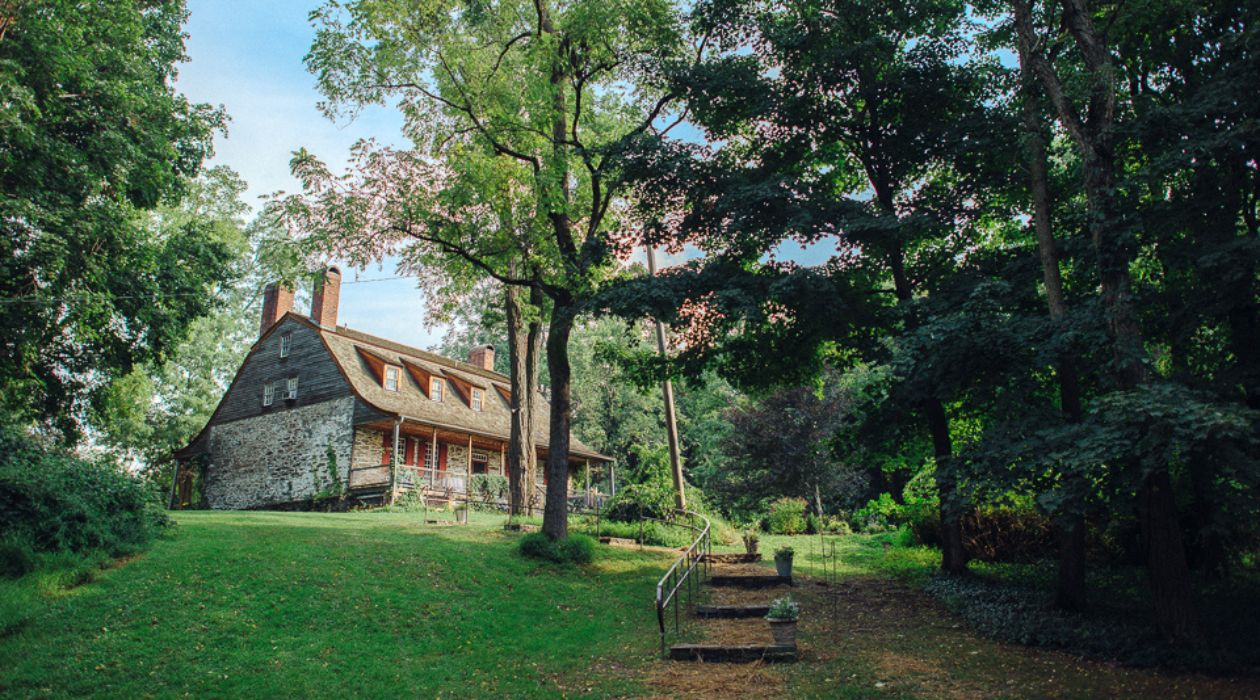
The amount of history documented at Mount Gulian is simply astounding and dates back roughly 8,000 years to the ancestors of the Wappinger indigenous tribe who inhabited the land along the Mahikannituck (Hudson River). A guided tour of the historic site highlights the many fascinating people and events that have been linked through the centuries to Mount Gulian, where the Verplanck family built their homestead around 1730, and where Patriot General Friedrich Von Steuben established his headquarters during the Revolutionary War. One such person is James F. Brown, an African American man who was born into slavery in Maryland, escaped to freedom in New York and was hired by the Verplanck family in Manhattan to be a waiter. According to the story passed down in the Verplanck family, a dinner guest recognized James as a runaway slave and demanded that he be returned to his owner in Maryland. After some negotiations, Daniel Crommelin Verplanck reportedly paid $300 to James’ owner to buy his freedom. James later moved to Mount Gulian and, by 1829, was working as the estate’s master gardener, coachman, general laborer and most trusted property manager. For about the next 40 years, James kept a journal of everyday life, one of very few such accounts of life experienced by a Black person anywhere in America at that time (he somehow learned to read and write while still a slave in Maryland). This journal contains details about James’ daily chores, gardening, local news and weather, and even some favorite recipes. They also reveal his patriotic feelings toward the United States and his desire to vote in elections like other men — which he did for the first time in 1837, as is reported in his journal. James died in 1868 and is buried alongside wife, Julia, in the Beacon St. Luke’s Churchyard. His journals are being preserved at the New York Historical Society in Manhattan, but selected transcripts are available at Mount Gulian. James was working at Mount Gulian at the time that Robert Newlin Verplanck was born there. The young Verplanck attended the prestigious Poughkeepsie Collegiate School and was attending Harvard when the Civil War broke out. After graduating from Harvard at age 20, Robert reported to the Union Army and was trained to be a volunteer officer in the newly formed United States Colored Troops. Robert led his troops into battle against the Confederates in Virginia, and his letters home to his mother and sister dramatically recall the courage of the African American soldiers, as well as their struggle to find their rightful place in the military and in American society. More than 200,000 African American volunteers fought to save the Union, and more than 68,000 were killed. Roberts’ 59 existing letters are housed in the Adriance Library in Poughkeepsie. Tours of Mount Gulian’s historic home, its 18th-century barn and its heritage garden are available each week on Wednesday, Thursday, Friday and Sunday from June through October. Advance reservations are preferred, but walk-ins are always welcome.
Related: Support Black-Owned Businesses in Dutchess
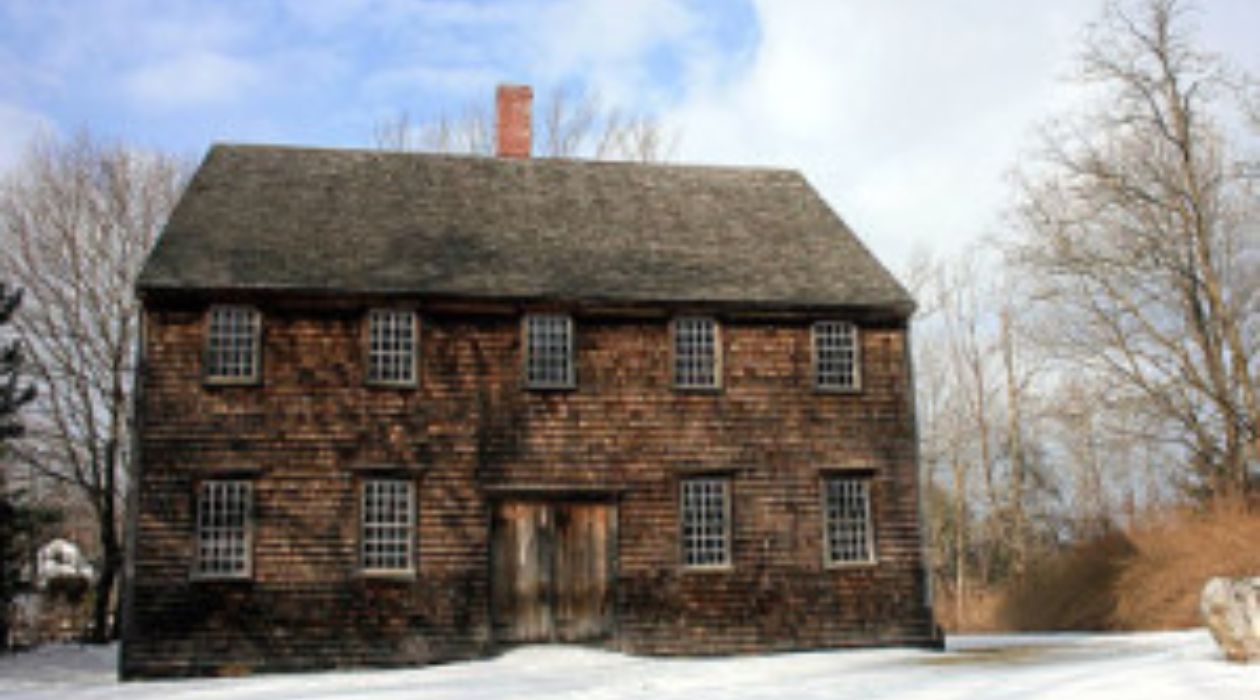
Nathan Birdsall was the first Quaker to settle in the area now known as Quaker Hill in Pawling. Many Quakers soon followed, and by the early 1800s, Dutchess County was home to the greatest number of Quakers outside of Philadelphia. This community on Quaker Hill was a known stop for fugitive slaves traveling through eastern Dutchess seeking freedom. Pawling’s branch of the Society of Friends erected the Oblong Friends Meeting House on Quaker Hill in 1764. Members of the Oblong meeting began to question the morality of slavery as early as 1767, some 60 years before New York State outlawed the practice. In 1776, the Oblong Friends passed a resolution to not accept money or services from anyone owning slaves, and they began denying membership to slave owners. The Oblong Friends Meeting House is on the National Register of Historic Places. The Pawling Historical Society invites visitors to tour the meeting house and see it exactly as it appeared in 1764, complete with its rows of wooden benches, wall partitions on pulley systems and mezzanine viewing level. Tours of the meeting house are by appointment only. Visitors can also tour the Quaker Hill Museum at nearby Akin Hall, which is open on weekends.
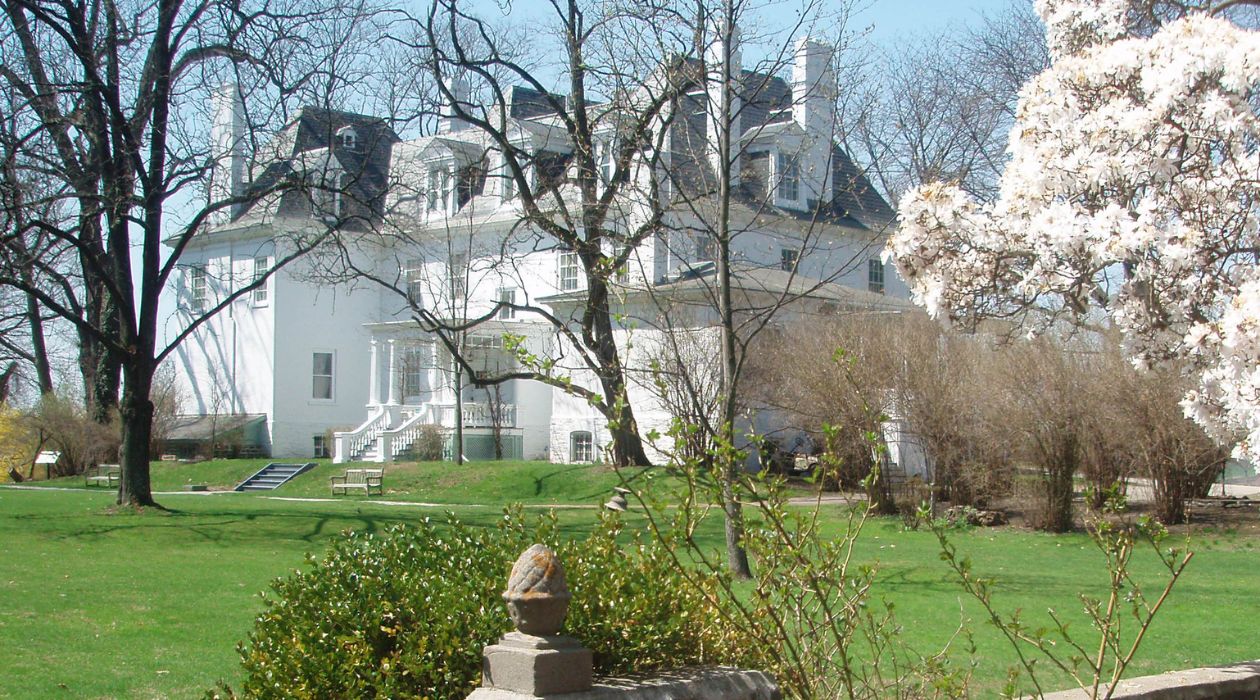
Clermont was home to seven generations of the prominent Livingston Family, including Chancellor Robert R. Livingston, who helped draft the Declaration of Independence and the New York State Constitution. He later negotiated the Louisiana Purchase and helped develop the first steamboat, “The North River Steamboat of Clermont.” Tours and events at the historic riverfront mansion include stories about all who lived and worked on the estate, including enslaved peoples. Be sure to visit Clermont on Feb. 15 for the program titled "Those Who Served: The Enslaved and Paid Servants of Clermont," which will examine the lives of the hundreds of people who worked at Clermont serving the Livingston family over the course of about 200 years. For more than a century, this included mostly enslaved people By the 1830s, this staff was replaced by paid workers. Though many of their stories were lost, recent research has revealed new details about those who worked for the Livingston family. From Old Cole, a Black man enslaved by Chancellor Livingston, to Shige Toshio, a Japanese immigrant who served as the Livingstons' butler, this special event will uncover some of the stories of those who served. The tour also delves into the realities of enslavement, immigration, and employment across three centuries.
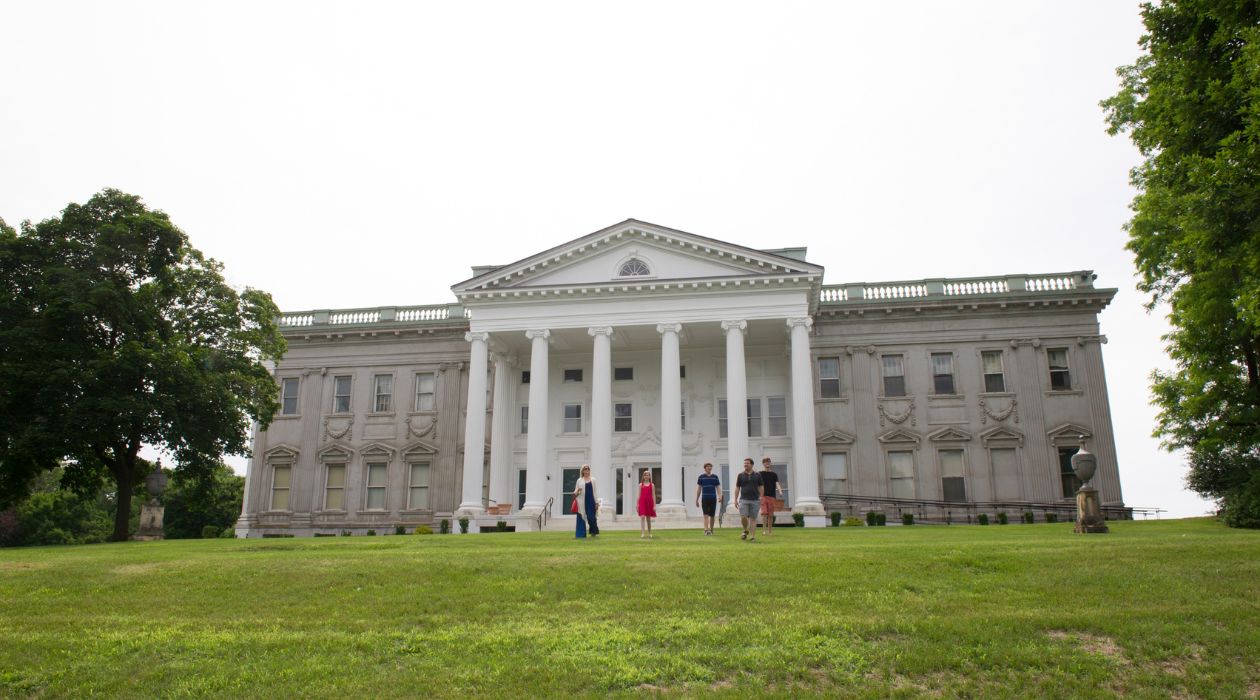
Among the many fantastic tours presented by the knowledgeable and engaging staff at the Mills Estate is the “Slavery, Segregation & Staatsburgh” tour, which is presented periodically throughout the year. In 1810, there were nine Black people enslaved on the Staatsburgh estate. In 1910, there were no recorded Black employees at Staatsburgh. This guided tour examines what happened and explores the transition from a Black presence at Staatsburgh during the early 19th century to the absence of Black people at the estate during the Gilded Age. Attendees will also learn about the establishment of a free Black community in the surrounding hamlet. View historic photographs and documents related to this history, including a letter from Staatsburgh’s archives detailing the sale of Peter Williams into slavery. This is a free program, but reservations are required. The estate includes an opulent 79-room Beaux-Arts mansion overlooking the Hudson River surrounded by 192 scenic acres of property with a variety of trails in Mills-Norrie State Park.
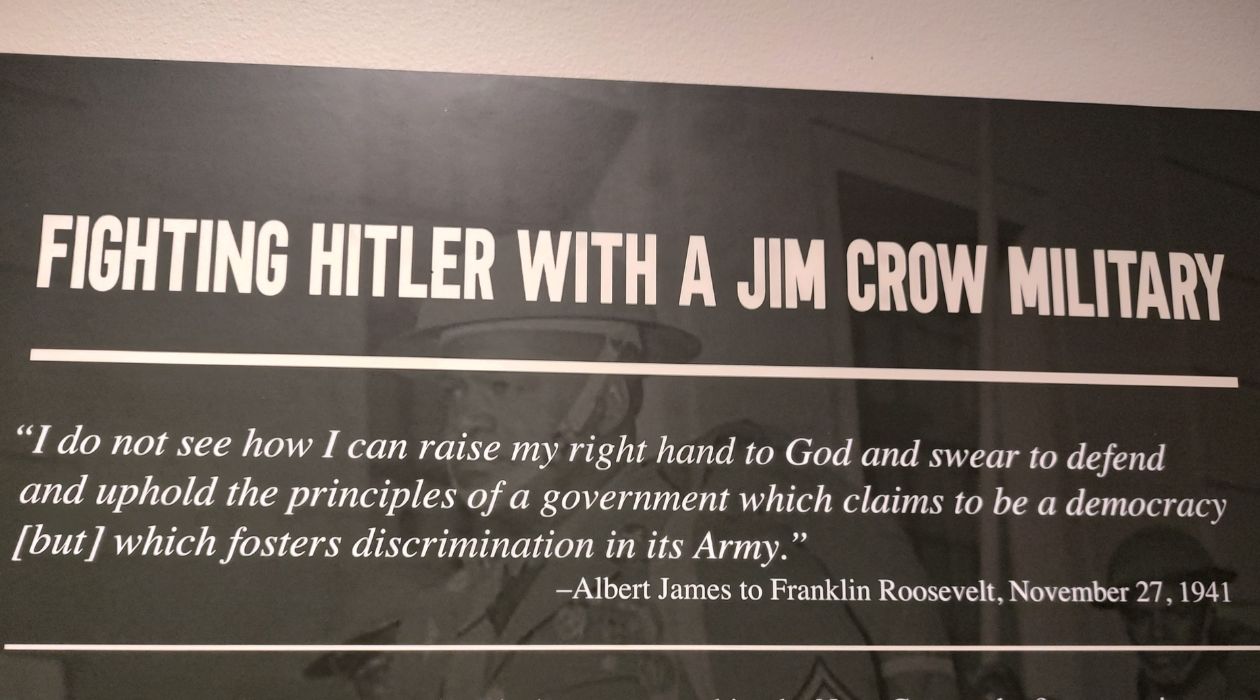
The Franklin D. Roosevelt Presidential Library and Museum's newest exhibition, titled "Black Americans, Civil Rights and the Roosevelts, 1932-1962," examines the political evolution of Franklin and Eleanor Roosevelt regarding racial justice and highlights the historical voices of African American community leaders, wartime service members and ordinary citizens who pushed the Roosevelt administration for progress. Visitors will see documents and artifacts — many on display for the first time — from the Roosevelt Library’s expansive holdings and from private collections. The exhibit, which will be on display until March 2, 2025, chronicles the Roosevelts’ lives, describing their affluent upbringings in Gilded Age society as well as their many efforts to bridge the gaps between the races and the social classes in America during the Great Depression, World War II and beyond. Even after Franklin’s death in 1945 during his fourth term in the White House, Eleanor continued to be a vocal advocate for civil rights, equality and justice. The Museum is open seven days a week, from 9 a.m. to 6 p.m. April through October and from 9 a.m. to 5 p.m. November through March.
Related: The Top 10 Women Who Influenced Dutchess County’s History

Tucked quietly away in the bucolic Amenia countryside, this 250-acre estate has been a country inn and tavern since the 1700s and boasts a long list of distinguished visitors. Colonel Joel Spingarn and his wife, Amy, purchased the estate in the early 1900s. Colonel Spingarn co-founded the Harcourt, Brace & Company publishing firm, and his guests at Troutbeck included many of the literary giants of the time, as well as civil rights attorney Thurgood Marshall, the first African American Supreme Court Justice, among whose greatest courtroom triumphs is the landmark Brown vs. The Board of Education of Topeka case in 1954, in which the Supreme Court unanimously ruled that “separate educational facilities are inherently unequal.” The Spingarns hosted two early meetings of the NAACP at Troutbeck. Attendees at these meetings, now known as the Amenia Conferences of 1916 and 1933, included Mary Ovington, a co-founder of the NAACP; and groundbreaking African American writer, sociologist and activist W.E.B. DuBois. Colonel Spingarn was the chairman of the NAACP’s Board of Directors and one the organization’s first Jewish leaders. The Spingarn Medal, the NAACP’s highest honor, was established in 1914 and is awarded annually to “the man or woman of African descent and American citizenship who shall have made the highest achievement during the preceding year or years in any honorable field.” Recipients include Rosa Parks, Martin Luther King Jr., Duke Ellington, General Colin Powell and Maya Angelou. Nowadays, the recently renovated estate is a lavish hotel and country retreat featuring luxurious amenities, wellness services and an elegant restaurant that offers locally sourced menu items. Each spring, Troutbeck hosts its annual student-led historical educational forum, the Troutbeck Symposium, which welcomes students from public and private schools in the region to meet and discuss their year-long research projects uncovering under-told histories of BIPOC communities. Inspired by the Amenia Conferences of 1916 and 1933, the Troutbeck Symposium and events like it follow Troutbeck's unique history as a gathering place for great minds.
• MODfest 2025: The Work of Michael Kelly Williams (Jan. 16–Feb. 16 at The Palmer Gallery, Vassar College, Poughkeepsie)
• Black History Month Art Exhibit: "The Message is the Medium." (Jan. 22–Feb. 23 at the Hessel Museum of Art, Bard College, Annandale-on-Hudson)
• Black Staatsburg: The Gilded Age Black Community of Staatsburg. (Saturday, Feb. 1, 3 p.m.; Sunday, Feb. 2, 1 p.m., at Staatsburgh State Historic Site, Staatsburg)
• Belle Da Costa Greene: Black Female Excellence Surmounting the Limits of Early 20th-Century America. (Wednesday, Feb. 5, 6 p.m., at the Hyde Park Library)
• Nikkolas Smith Talk and Book Signing. (Thursday, Feb. 6, 12:30 p.m., at the James & Betty Hall Theatre, Dutchess Community College, Poughkeepsie)
• "Another Slave Narrative." (Saturday, Feb. 8, 7 p.m., at The Stissing Center for Arts and Culture, Pine Plains)
• Those Who Served: The Enslaved and Paid Servants of Clermont. (Saturday, Feb. 15, 2 p.m., at Clermont State Historic Site, Germantown)
• "The Academy." (Sunday, Feb. 16, 3 p.m., at The Stissing Center for Arts and Culture, Pine Plains)
• "Little Richard: I Am Everything." (Thursday, Feb. 20, 7:30 p.m., at the Bardavon 1869 Opera House, Poughkeepsie)
• Aaliyah Bilal Talk and Book Signing (Tuesday, March 4, 12:30 p.m., at the James & Betty Hall Theatre, Dutchess Community College, Poughkeepsie)
For more great information about local African American history, be sure to check out these valuable resources:
• The Mid-Hudson Antislavery History Project and its book “Slavery, Antislavery and the Underground Railroad: A Dutchess County Guide.”
• The Dutchess County Historical Society and its Poughkeepsie Equality Trail.
Covid-19 Information
Our top priority is the safety, health, and wellbeing of our community, its residents and visitors.
Information for visitors & residents Information & Resources